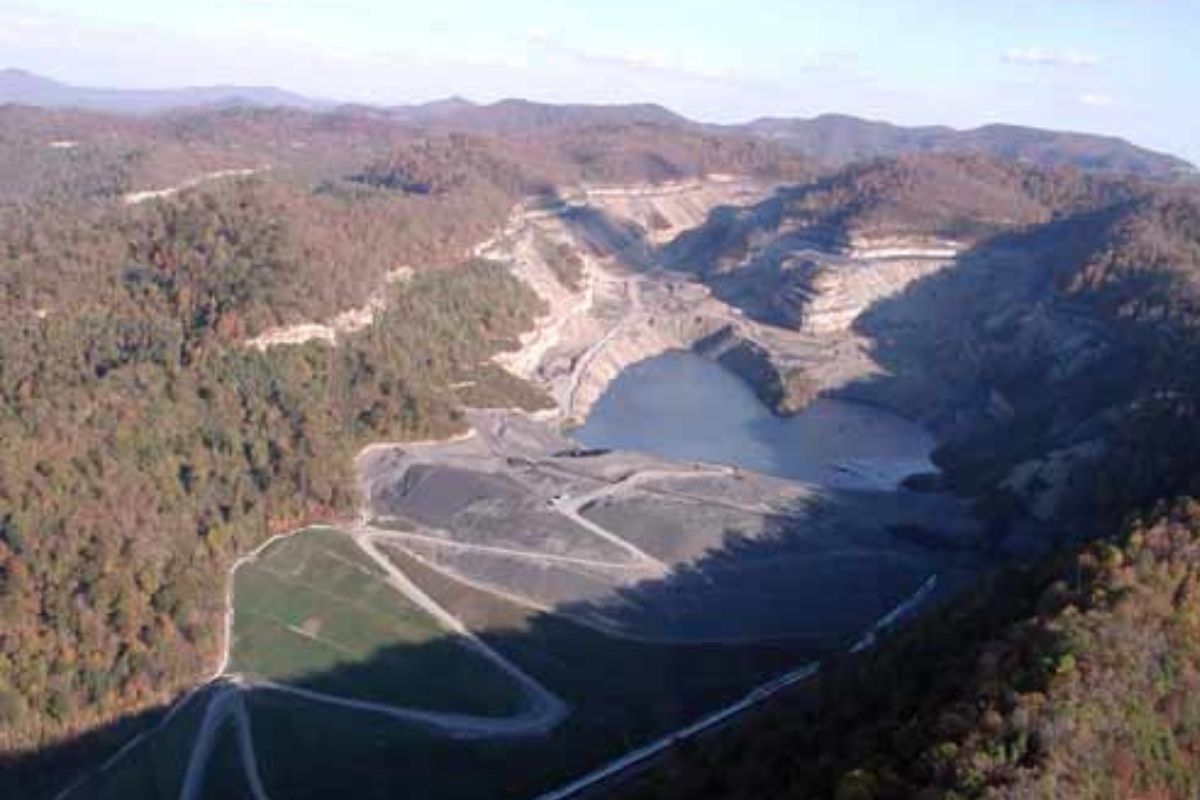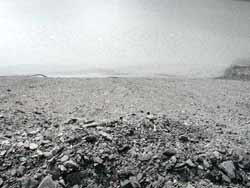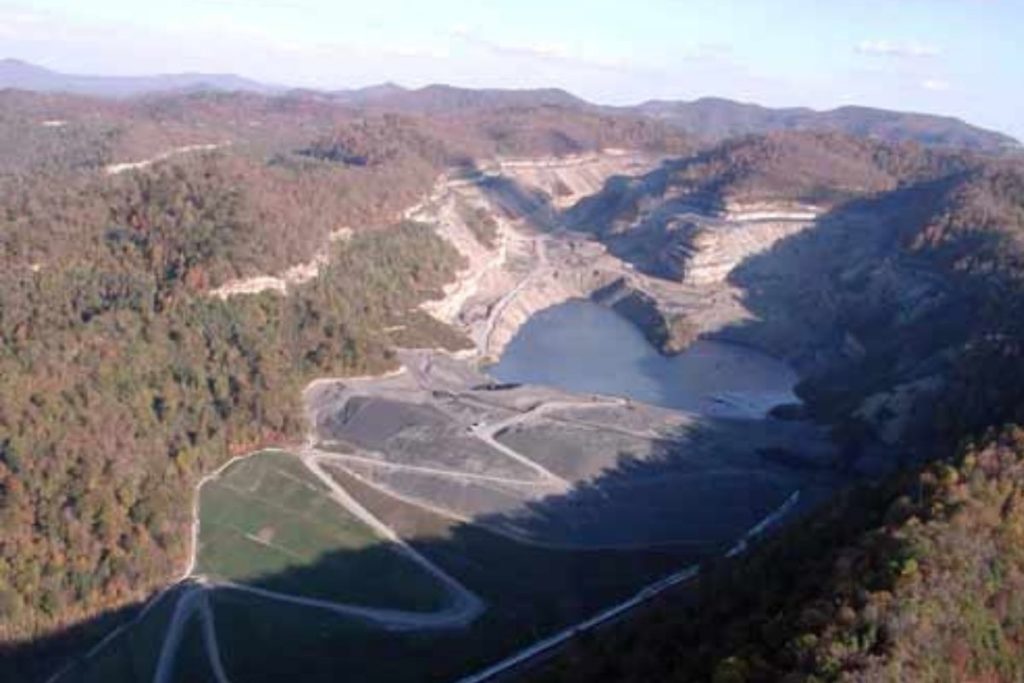
What is a Coal Sludge Impoundment?

Before being transported to market, coal must be washed to separate it from the surrounding soil and rock–the more impurities a company can remove from coal, the higher its market value and the lesser the transportation costs. The washing process generates huge volumes of liquid waste, while the mining process generates millions of tons of solid waste. The cheapest way for coal companies to deal with some of this waste is by constructing dams from the solid mining refuse (that is, rocks and soil) to impound the liquid waste. (In mountaintop removal coal mining, some of the solid refuse is dumped directly into valleys). Coal companies usually build these dams in the heads of hollows (valleys), close to their coal processing plants.
The dams and impounded slurry or sludge are often euphemistically referred to as “ponds,” but “toxic lake” is the accurate name, as coal sludge impoundments can store billions of gallons of liquid coal waste.
Coal companies say the sludge contains mostly water, rocks and mud. But sludge contains carcinogenic chemicals used to process coal. It also contains toxic heavy metals that are present in coal, such as arsenic, mercury, chromium, cadmium, boron, selenium, and nickel.
